The dollar rate chart for today, showing the exchange rate of 1 U.S. Dollar to Sri Lankan Rupees (LKR), is an essential tool for anyone looking to monitor currency fluctuations. This chart reflects the real-time value of the U.S. Dollar against the LKR and is updated frequently to provide the most accurate conversion rates.
As of today, November 06, 2024,
288.5439 LKR to 1 USD
with slight variations depending on the platform or bank used for conversion. Keeping an eye on this chart is crucial for businesses, travelers, and individuals managing foreign exchange transactions in Sri Lanka, as the rate directly impacts import costs, inflation, and purchasing power.
Local Bank Rates (Buying)
| Bank | Exchange Rate (1 USD to LKR) | |
| People's Bank | 287.6714 LKR | More Rates |
| Sampath Bank | 288.5 LKR | More Rates |
| Commercial Bank | 287.26 LKR | More Rates |
| Seylan Bank | 288.8500 LKR | More Rates |
| Bank of Ceylon (BOC) | 289.2500 LKR | More Rates |
| Nations Trust Bank | 287.14 LKR | More Rates |
| HNB | 289.5000 LKR | More Rates |
| NDB Bank | 289.00 LKR | More Rates |
| Amãna Bank | 290.40 LKR | More Rates |
| Pan Asia Bank | 289.2500 LKR | More Rates |
| NSB | 286.16 LKR | More Rates |
| DFCC Bank | 287.00 LKR | More Rates |
| Standard Chartered | 288.00 LKR | More Rates |
| HSB | 287.58 LKR | More Rates |
Updated: 06-11-2024 10:50:05 AM
The table lists various banks in Sri Lanka and the exchange rates at which each bank offers to convert 1 US Dollar (USD) to Sri Lankan Rupees (LKR). Here’s an explanation of the key points.
Exchange Rate Variation: The rates for USD to LKR conversion differ slightly between banks, reflecting the exchange rates they offer. This is common as each bank may set its own rate based on factors like demand, market trends, and their internal policies.
Highest and Lowest Rates:
The highest exchange rate is offered by Amãna Bank at 290.40 LKR per USD, meaning if you exchange USD at Amãna Bank, you would get more LKR per dollar compared to other banks.
The lowest exchange rate is offered by NSB at 286.16 LKR per USD, meaning you would get fewer LKR per dollar at NSB.
Competitive Rates: The other banks fall in between, with close rates ranging from 286.16 LKR to 290.40 LKR per USD. Choosing where to exchange depends on convenience and how favorable the rate is.
Examples of Other Rates:
People's Bank offers 287.6714 LKR per USD, a mid-range rate compared to others.
Sampath Bank offers a slightly higher rate at 288.5 LKR per USD.
HNB offers 289.5000 LKR per USD, a rate on the higher end.
In summary, if you are exchanging dollars for rupees, you may want to choose a bank with a higher rate to receive more rupees per dollar.
Analysis
Banks offering higher rates, such as Amãna Bank and NSB, are more favorable for individuals or businesses looking to sell U.S. dollars, as they will receive more LKR per USD.
Lower rates, such as those offered by Nations Trust Bank and Commercial Bank, may benefit individuals looking to purchase U.S. dollars since they would pay slightly less in LKR.
These variations in rates occur due to differences in demand, operational costs, and each bank’s foreign currency policies. For individuals or businesses, it is beneficial to compare these rates before proceeding with foreign exchange transactions to maximize value.
Key Factors Influencing the Exchange Rate
The Currency Exchange Rates between the U.S. Dollar (USD) and the Sri Lankan Rupee (LKR) has been a vital indicator of Sri Lanka's economic health. This exchange rate affects various sectors, including imports, exports, foreign investment, and inflation.
Inflation and Domestic Economy: Sri Lanka has experienced high inflation in recent years, partly due to domestic challenges and the global economic climate. Inflation reduces the purchasing power of the rupee, leading to its depreciation against stronger currencies like the U.S. dollar.
Foreign Debt: A significant portion of Sri Lanka’s debt is in U.S. dollars, which increases demand for the greenback, especially for debt servicing. This heightened demand often causes the rupee to weaken.
Trade Deficit: Sri Lanka imports many essential goods, including petroleum and machinery, which further contributes to a trade deficit. To finance these imports, the country requires U.S. dollars, further pushing down the rupee's value.
Tourism and Remittances: The Sri Lankan economy heavily relies on tourism and remittances from workers abroad, both of which contribute to foreign exchange reserves. Any fluctuations in these inflows can impact the rupee’s value.
Government and Central Bank Policies: The Central Bank of Sri Lanka plays a crucial role in stabilizing the exchange rate. It can intervene by using foreign reserves to manage excessive volatility or implement policy measures to attract foreign investment and improve the balance of payments.
Current Exchange Rate Trends
In 2024, the Sri Lankan rupee has faced continued pressure due to the global economic slowdown, high domestic inflation, and debt repayment obligations. While the Central Bank has taken steps to stabilize the rupee, including negotiations with the International Monetary Fund (IMF), the LKR remains volatile.
In recent years, the rupee has depreciated significantly. For example, in 2022, it fell to historic lows, requiring urgent interventions. In 2023 and 2024, there has been some stabilization, but challenges remain, including rising import costs, which further fuel inflation.
Impact of the Exchange Rate on Sri Lanka’s Economy
A depreciating rupee has both positive and negative consequences. On the one hand, it makes Sri Lankan exports more competitive, as foreign buyers can purchase goods more cheaply. However, the more significant downside is that the cost of imports, especially essential goods like oil and food, rises. This contributes to domestic inflation, placing pressure on businesses and consumers alike.
For businesses reliant on imports, the depreciation leads to higher production costs, which are often passed on to consumers, leading to a cycle of rising prices. Furthermore, Sri Lanka’s significant foreign debt obligations become more expensive to service as the rupee weakens.
The exchange rate of the U.S. dollar to the Sri Lankan rupee remains a critical barometer of Sri Lanka's economic challenges and opportunities. While the rupee’s depreciation can benefit exporters, it exacerbates inflation and increases the cost of debt servicing. As Sri Lanka works to stabilize its economy, a balanced approach to managing its currency and foreign exchange reserves will be essential in achieving long-term economic growth and stability.

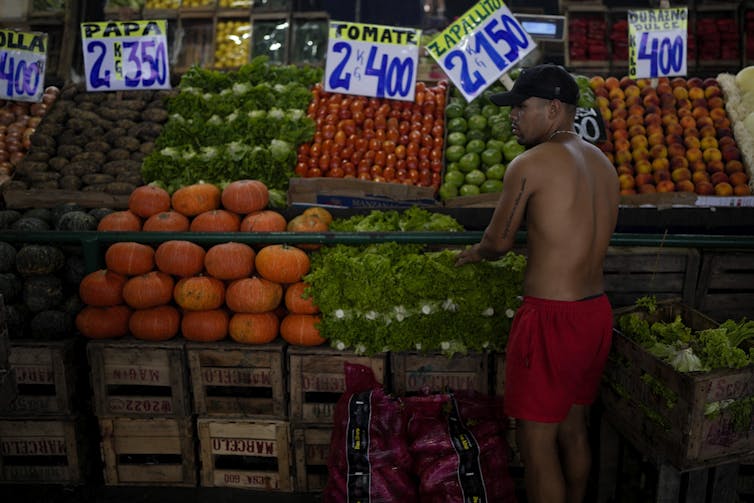
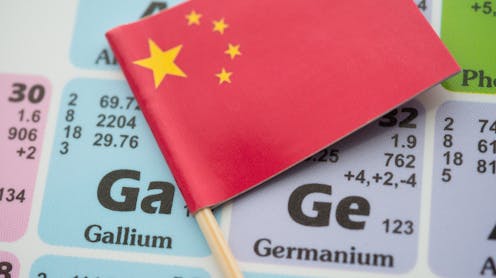


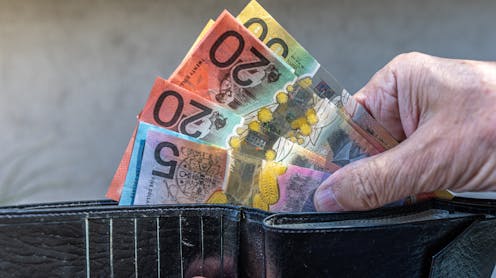

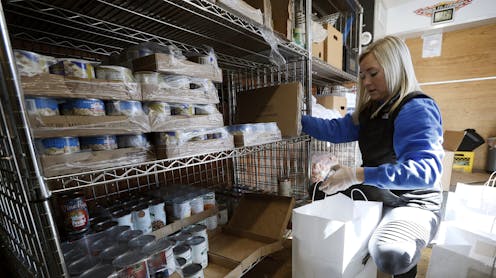
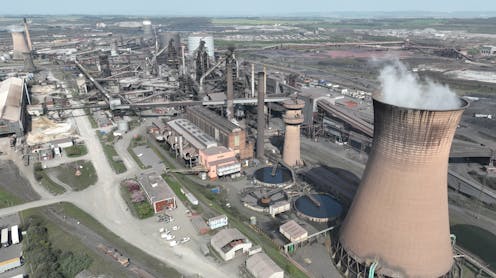

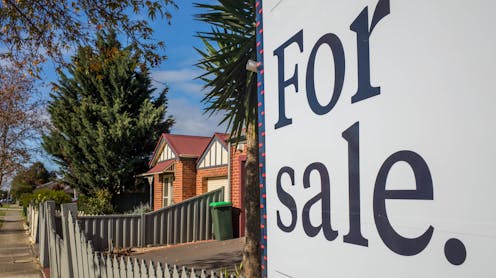
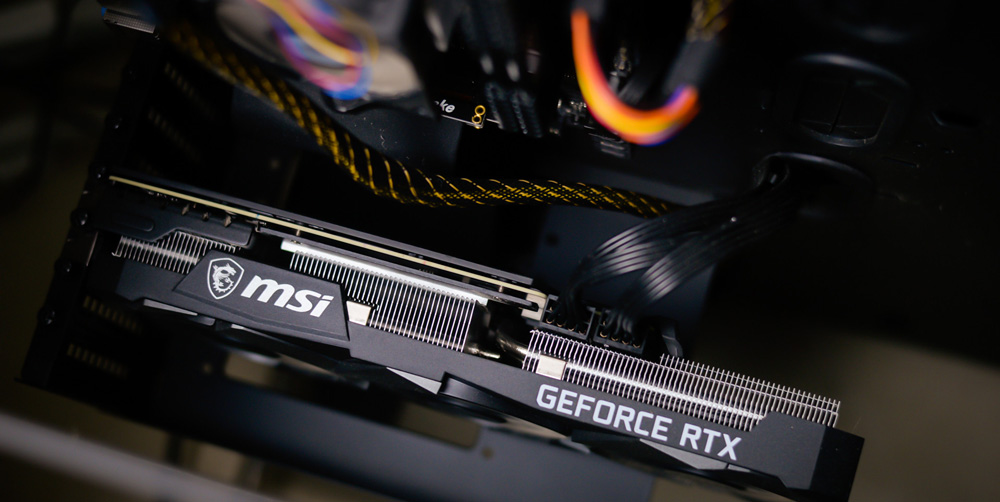


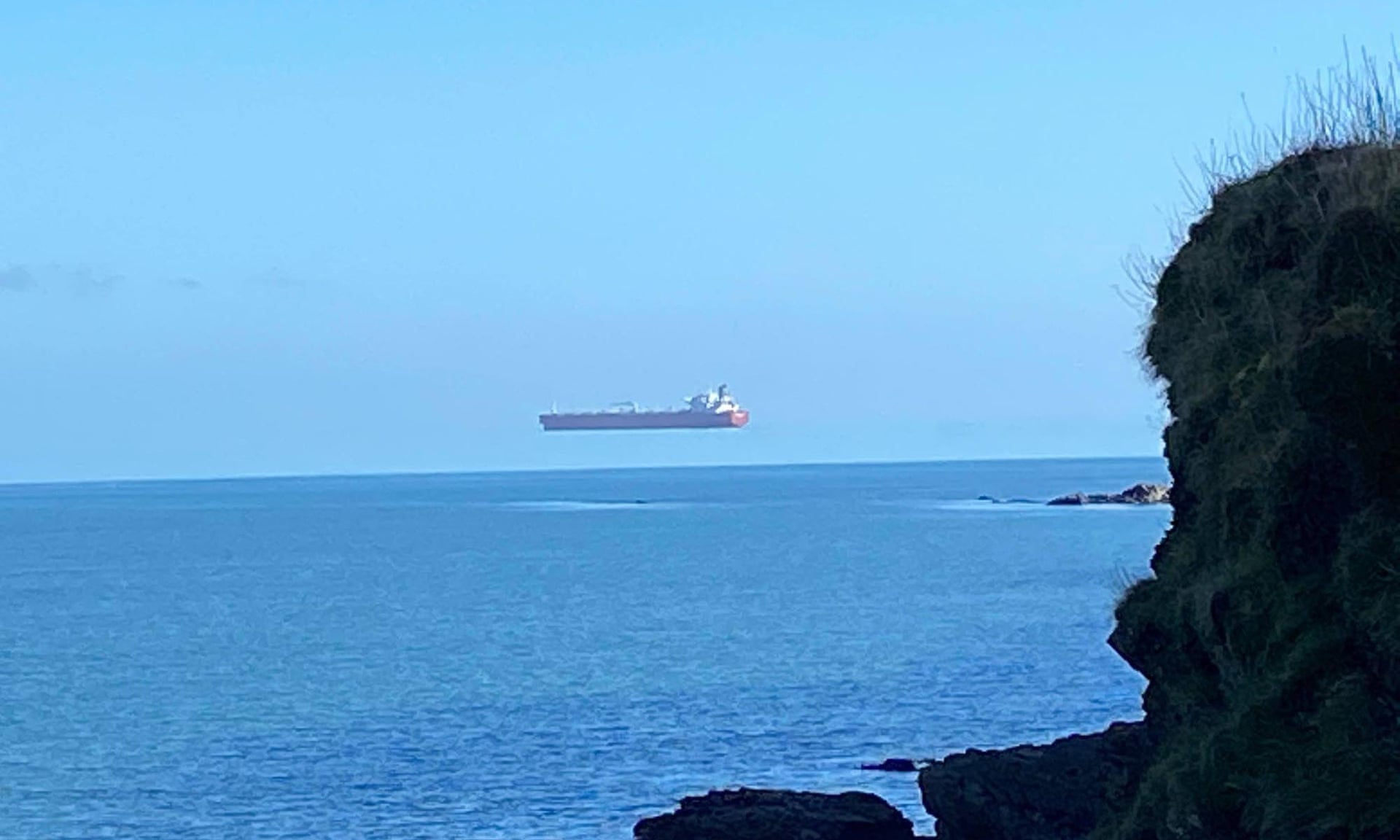



 English (United States) ·
English (United States) ·